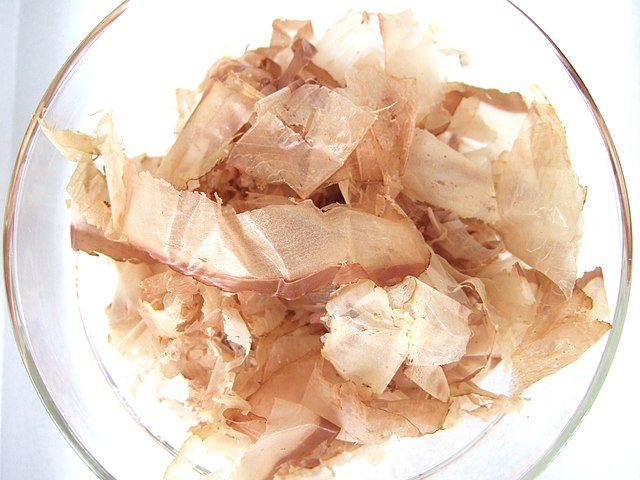
Bonito Flakes
Bonito flakes are typically used as a garnish in ramen, added just before serving to preserve their texture and flavor.
Ramen toppings are essential in adding texture, flavor, and visual appeal to the dish. They range from savory meats to crunchy vegetables and aromatic spices, each contributing to a well-rounded and delicious bowl of ramen. Here are some common and popular toppings:
Let’s start with the proteins, like meats, nutes, and seafood. The most common and traditional protein is Chashu, which is slow-braised pork belly or shoulder, known for its melt-in-your-mouth tenderness and savory depth.

Bonito flakes are typically used as a garnish in ramen, added just before serving to preserve their texture and flavor.
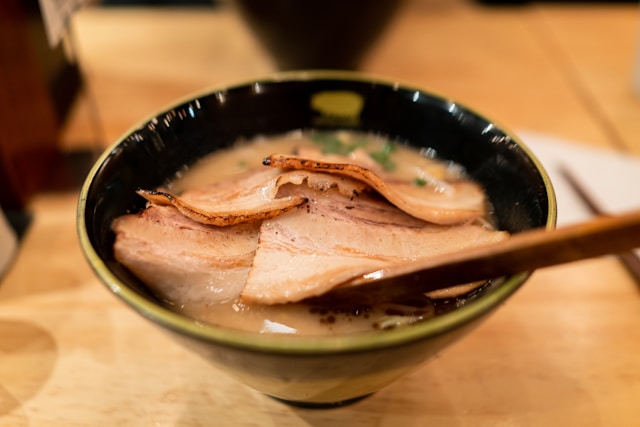
Chashu is a beloved ramen topping consisting of tender slices of braised or roasted pork belly. It has a rich and savory flavor.
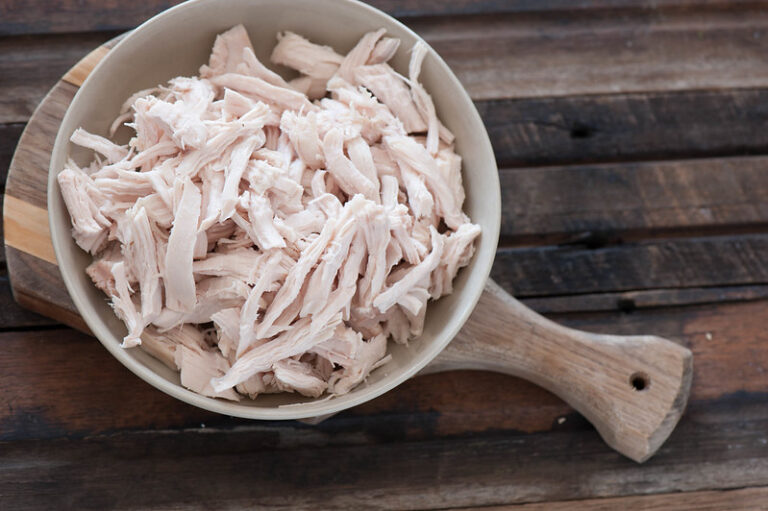
Chicken is a versatile and widely used protein in ramen, appearing both in the broth and as a topping (grilled, poached, pan-seared, etc.)

Clams are an elegant addition to ramen, often used in broths or as toppings to bring a fresh flavor that complements lighter ramen bases.
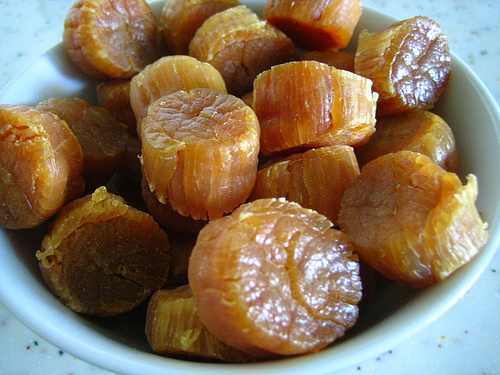
Dried scallops, known as kaibashira, are typically not served as a direct topping, but used as a broth enhancer or flavoring component.

Kamaboko is typically added to ramen as a finishing touch, allowing its delicate flavor and firm texture to stand out.
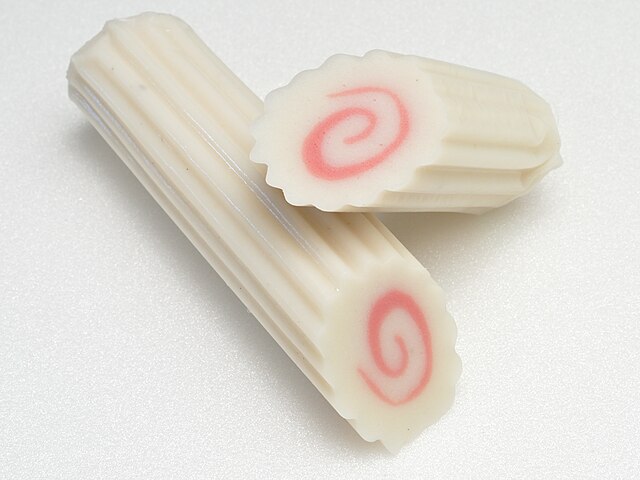
Narutomaki (or fish cake) adds a mild seafood flavor and distinctive visual appeal to ramen. Learn about its usage, tips, and types.
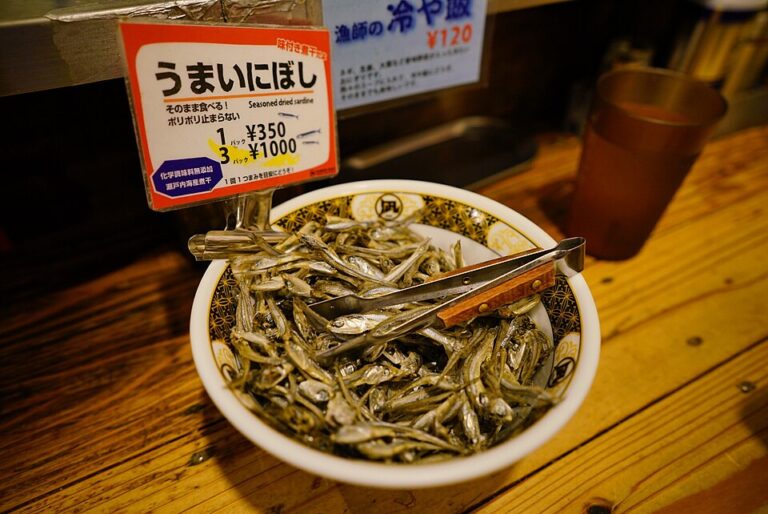
Niboshi are small dried infant sardines or anchovies that are a key ingredient in many Japanese broths, including certain styles of ramen.
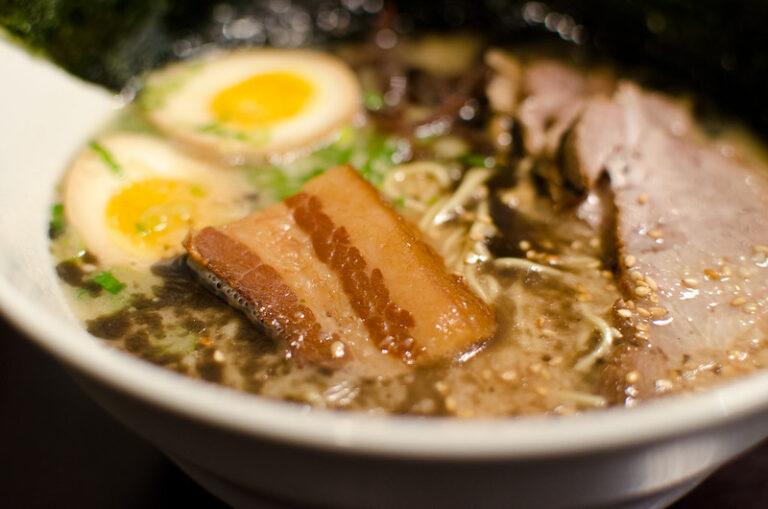
Seabura is typically used to enrich the broth of ramen, adding a silky, creamy texture and a robust, savory flavor.

Seafood is typically used in ramen by either being cooked directly in the broth or lightly sautéed and added as a topping just before serving.
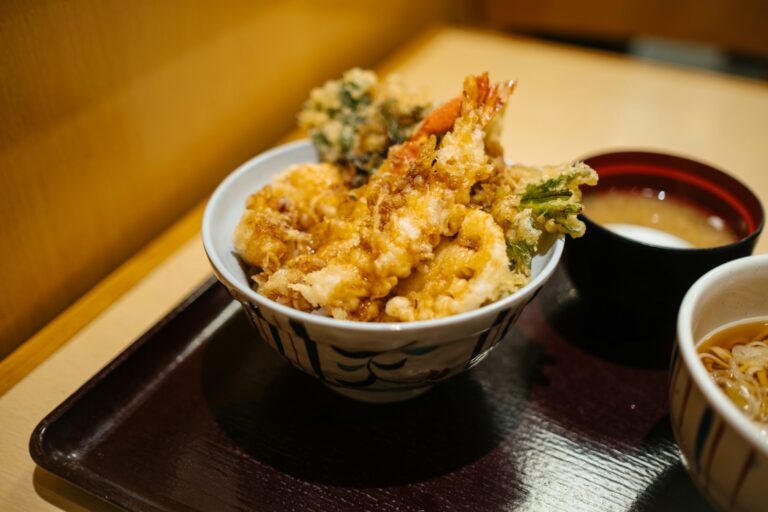
When using tempura as a ramen topping, the key is to select ingredients that maintain their texture and flavor when fried.
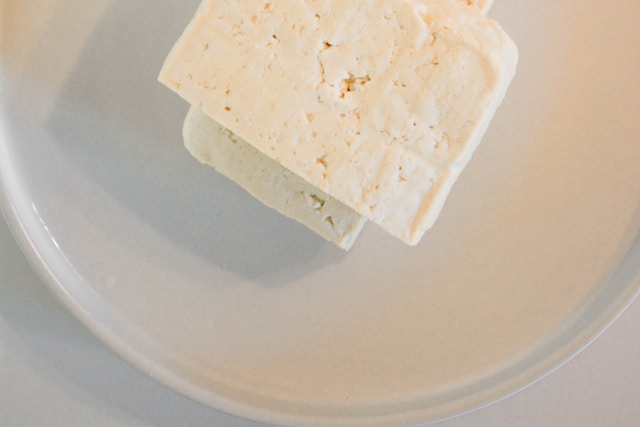
Tofu is used in ramen either as a topping or an integral part of the broth, adding both protein and a pleasing texture.
There are different types of eggs used in ramen, from soft-boiled eggs marinated in soy sauce, mirin, and sake, to slow-cooked eggs with a custard-like texture, traditionally cooked in hot spring water. Each type adds its own texture and richness, with ajitama being the classic choice (Ajitsuke tamago or Ajitama, or marinated soft-boiled egg, has a jammy yolk and soy-based seasoning, which adds both protein and a creamy texture that enhances the broth). So, let’s see all the different ways in which eggs can be cooked and added to this traditional dish.
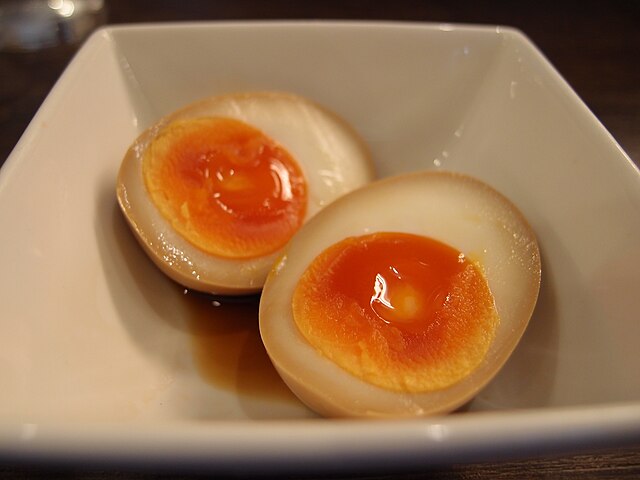
Ajitama, or seasoned soft-boiled egg, is a popular ramen topping known for its creamy, slightly runny yolk and flavorful marinade.

A poached egg is a soft, runny egg added just before serving. It offers a rich, velvety texture when broken into the ramen broth.
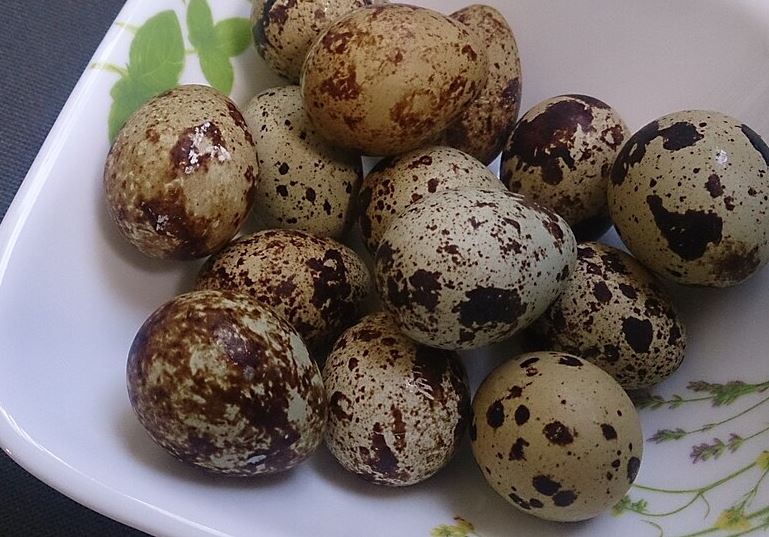
Small and often hard-boiled, quail eggs are used in some regional or upscale ramen for visual and textural variety.

Raw egg is occasionally cracked directly into hot broth, especially in spicy or miso ramen styles. The heat gently cooks the egg as you eat.

Tamago is a versatile topping used across various ramen styles, contributing both flavor and texture to the dish.
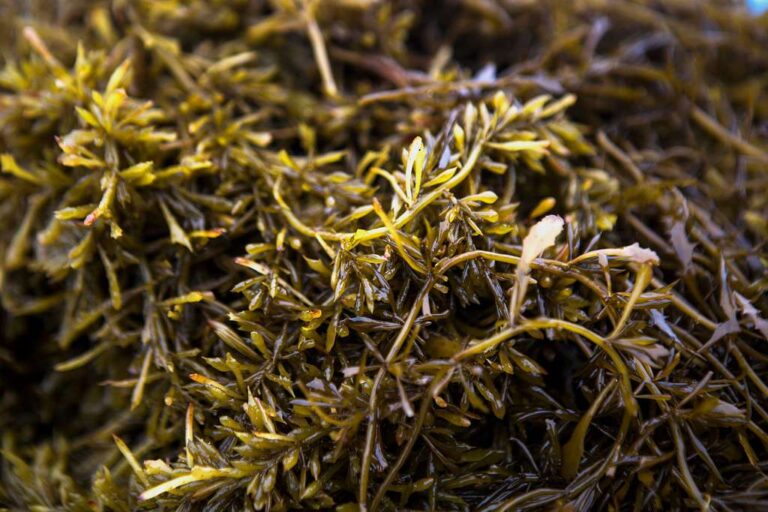
Hijiki seaweed is a dark, stringy, and slightly chewy sea vegetable traditionally used in Japanese cuisine for its rich umami flavor.

Kombu kelp is typically used in ramen during the preparation of the broth. It is simmered gently in water to extract its umami-rich flavor.

Mekabu is the frilly, flowering base of the wakame seaweed plant, and it’s known for its slick, mucilaginous texture and rich umami flavor.
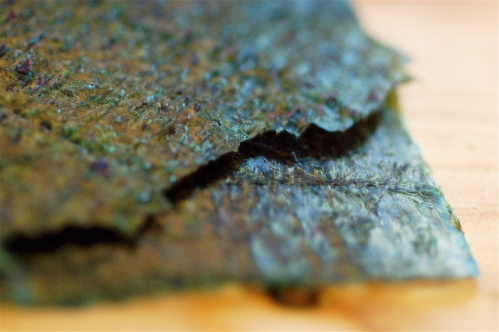
Nori, dried seaweed sheets, is a traditional ramen topping that brings a subtle umami flavor and a pleasant, crisp texture.

Wakame (or seaweed) is a nutritious and flavorful topping that adds a subtle umami flavor and delicate texture to ramen. Learn all about it
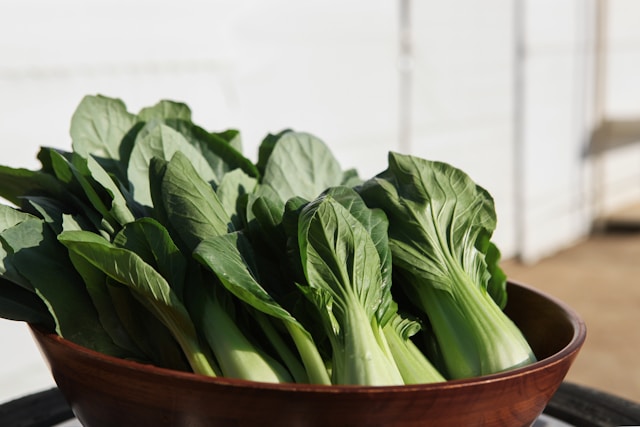
Bok choy is typically used in ramen by blanching or lightly sautéing it to maintain its crisp texture and bright color.
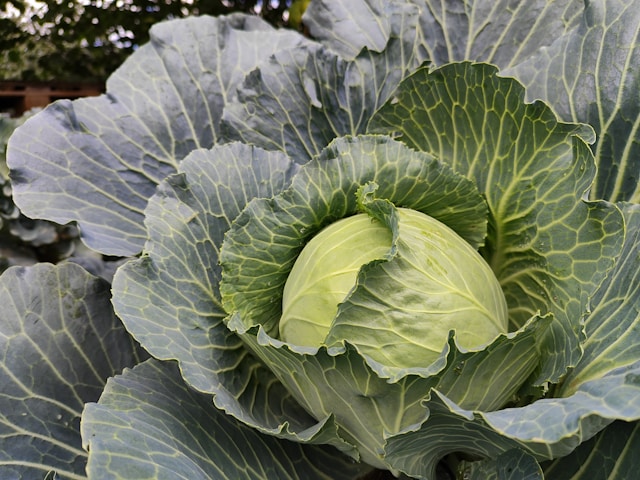
Cabbage is typically added to ramen either raw for a crunchy texture or cooked for a softer bite. For a softer texture, cabbage can be sautéed.

Crushed peanuts are typically sprinkled over the ramen just before serving, adding a final layer of texture and flavor.
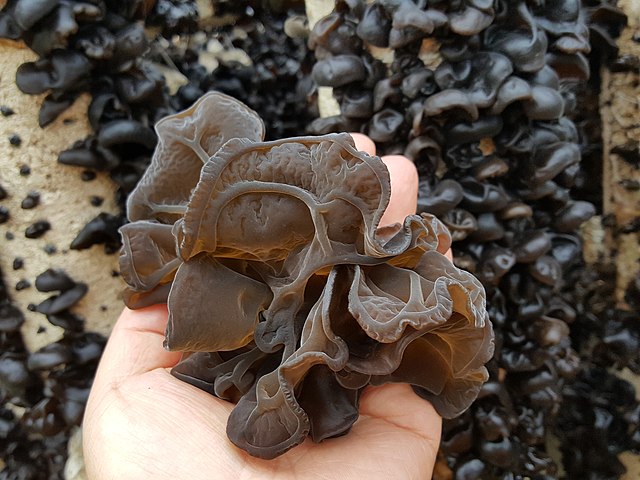
Discover the role of kikurage (wood ear mushrooms) in ramen, a unique topping that adds a unique texture and subtle flavor.
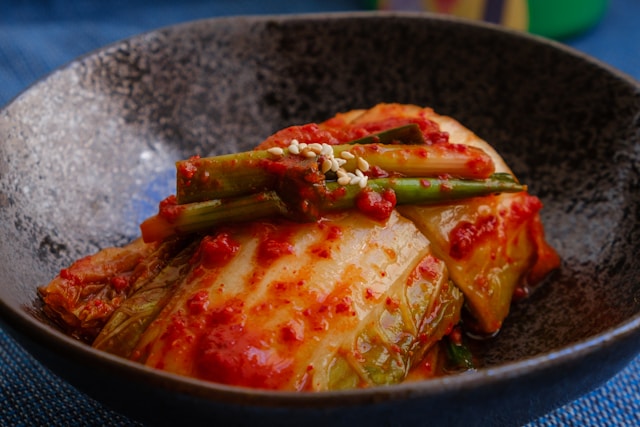
Kimchi is typically used as a topping in ramen to add a spicy and tangy kick that complements the savory broth and chewy noodles.
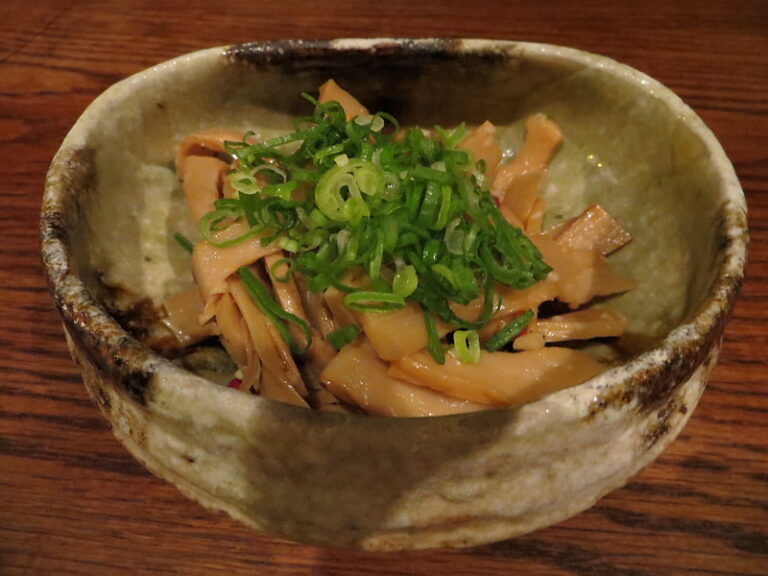
Menma, fermented bamboo shoots, are a classic ramen topping that adds a crunchy texture and a savory, slightly tangy flavor.

Discover the role of bean sprouts (moyashi) in ramen, adding a crisp texture and fresh flavor. Learn about their usage, tips, and types.
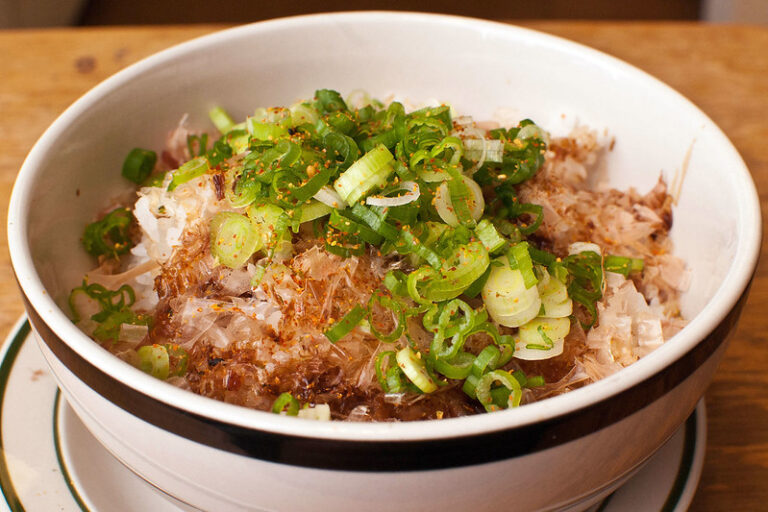
Green onions (or negi) add a fresh and slightly pungent flavor to ramen. Learn about their usage, selection tips, and combinations.
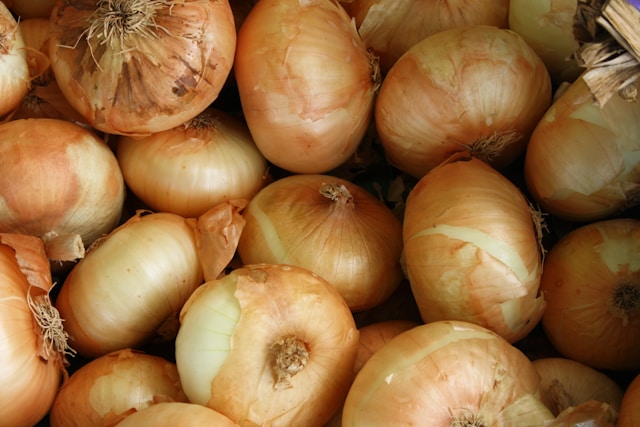
Onions are used in ramen in several ways, depending on the desired flavor and texture. Thinly sliced raw onions can be sprinkled, too.

Pickled ginger is typically used as a garnish in ramen, added just before serving to maintain its crunchy texture and vibrant flavor.

A poached egg is a soft, runny egg added just before serving. It offers a rich, velvety texture when broken into the ramen broth.

Raw egg is occasionally cracked directly into hot broth, especially in spicy or miso ramen styles. The heat gently cooks the egg as you eat.
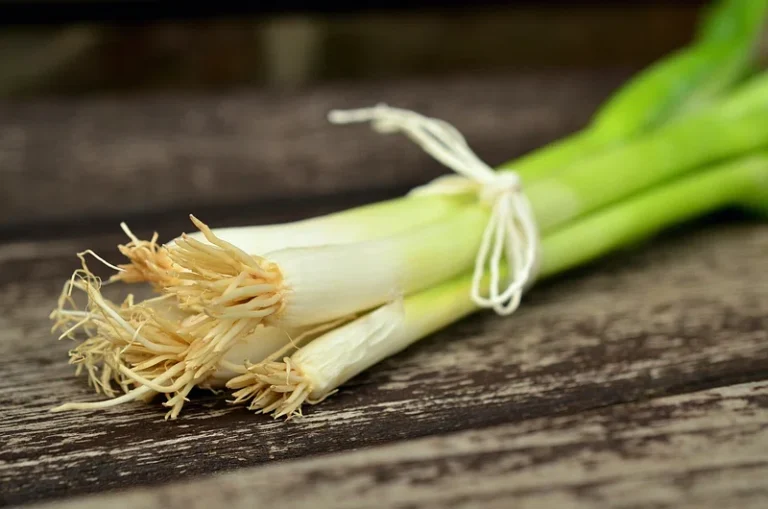
Scallions are typically sliced thinly and sprinkled over the ramen just before serving, allowing their fresh flavor to shine through.
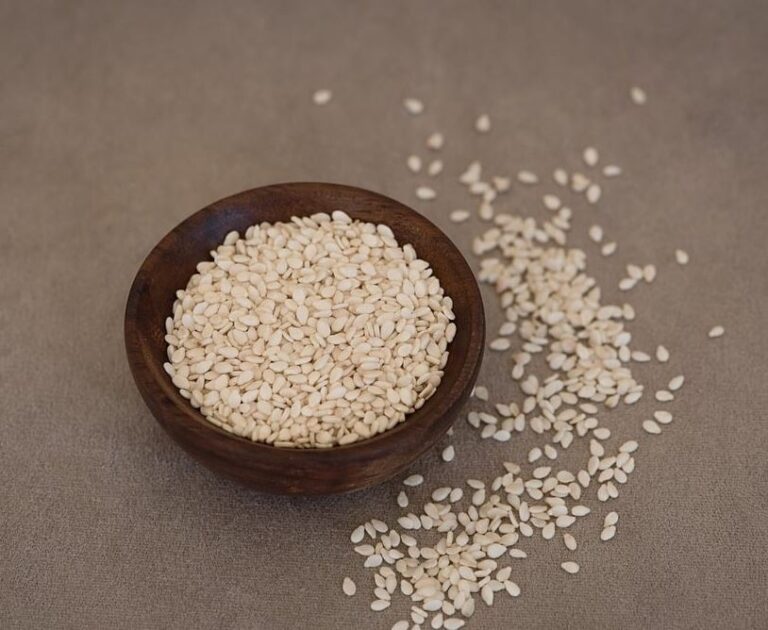
Sesame seeds (or goma) is a flavorful topping that adds a nutty flavor and crunchy texture. Learn about their usage, tips, and the types.
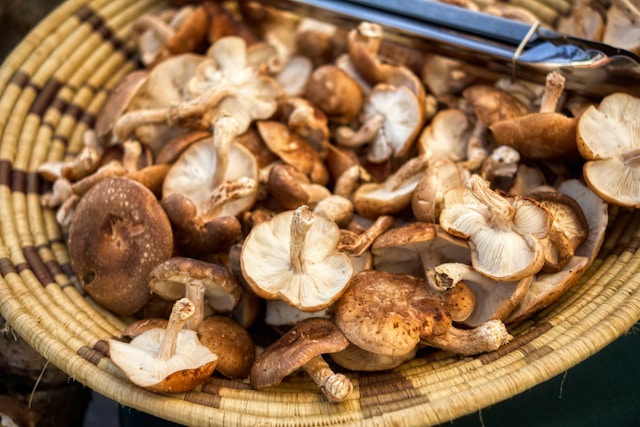
Shiitake mushrooms can be used in ramen in several ways (sliced, sautéed, or simmered) depending on the desired flavor and texture.
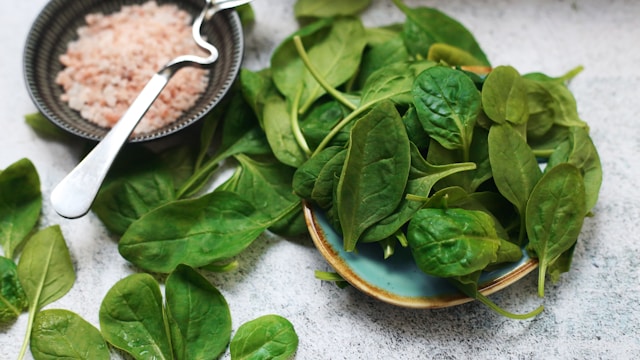
Spinach is added to ramen just before serving to maintain its bright color and tender texture. It can be used fresh, blanched, or sautéed.
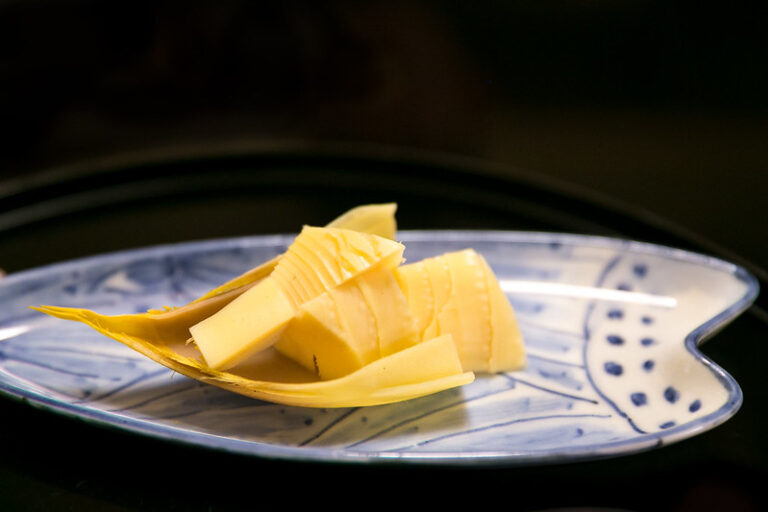
Discover the role of bamboo shoots (take no ko) in ramen, adding a unique crunch and mild, earthy flavor. Learn about their usage.
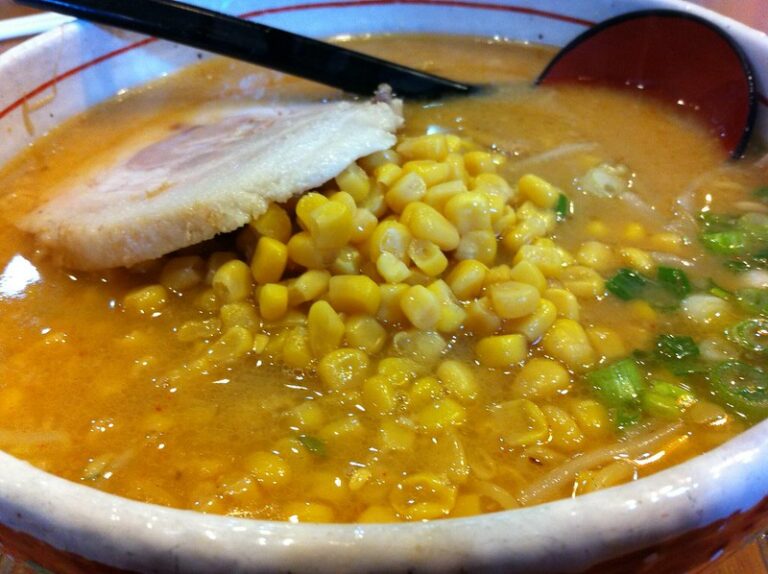
Discover the role of corn (tōmorokoshi) in ramen, adding a sweet flavor and crunchy texture. Learn about its usage, tips, and types.
If you are looking for ramen books, tools, and ingredients for your next experiment, here is a selection of my top resources and accessories. You can get them all online! There is more, though. Click here to see the whole shop.